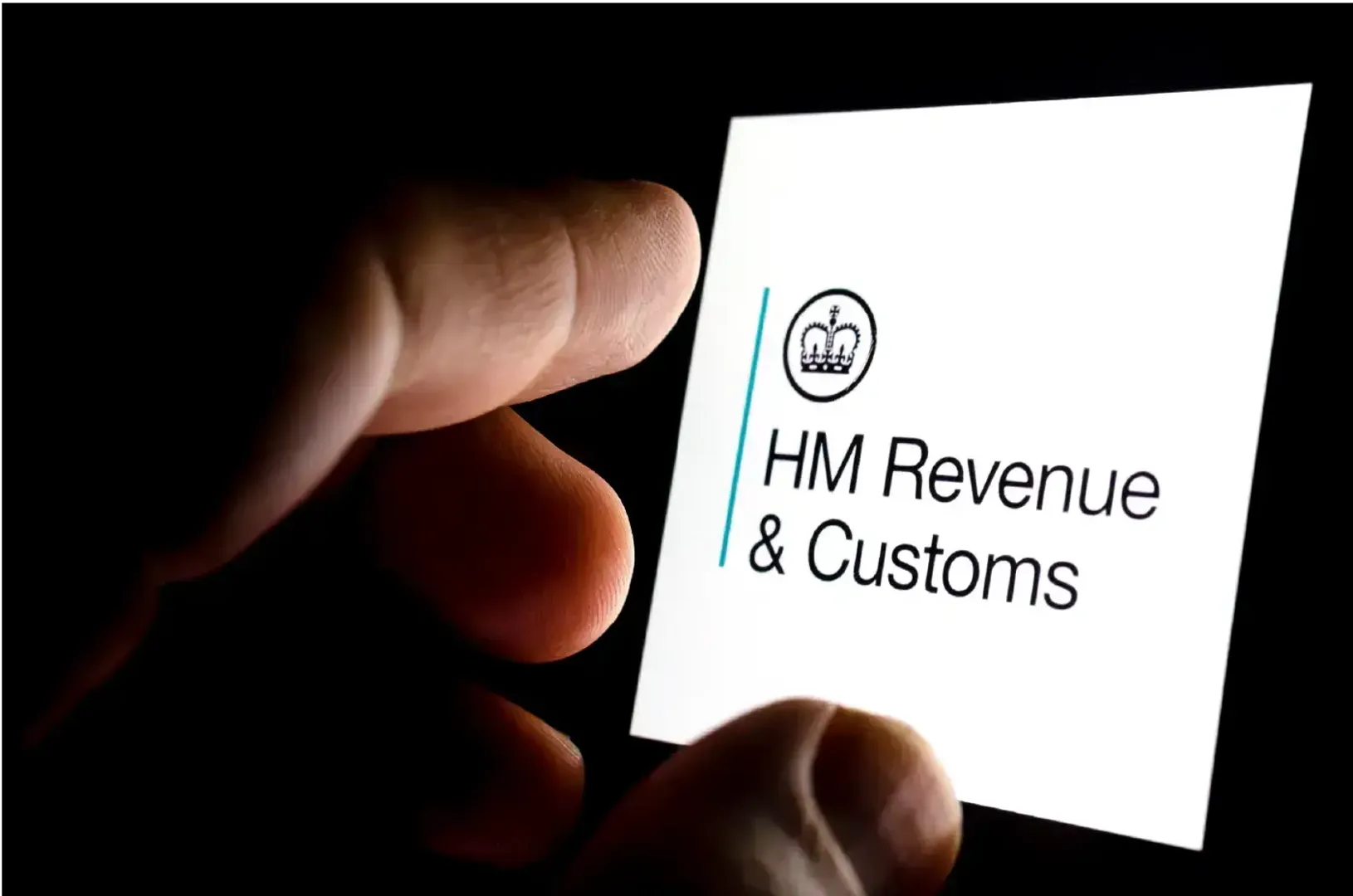
Mileage allowance payments (MAPs) are supplementary expenses an employer pays their individual team members as reimbursement for fuelling and driving their own vehicle for business purposes. Usually, the amount each employee gets is calculated at a rate of pennies per mile.
Although there’s no legal requirement for employers to make these payments to their team, it is possible to claim a certain amount back via tax and National Insurance by including these expenses in your business tax return. The rate set by HMRC is known as an ‘approved amount’. Employers can pay their team more than this amount if they choose to, but this won’t be reimbursed by HMRC.
What journeys qualify for mileage allowance?
It’s possible to claim back mileage allowance for any journeys that are made in your own or company vehicle and are deemed to be for business purposes. This does not include essential journeys like commuting back and to from a central office location or any personal miles such as those it takes to pick up your children on the way home from work.
However, it does include travelling in your van, car or on your motorcycle or bike for:
- A client meeting or appointment.
- A training conference.
- The purpose of completing a job e.g. from the main office to a customer’s home.
In a sense, any journey that doesn’t include moving to or from your home to any place of work will qualify. Any journeys you want to claim the allowance for need to be noted in a logbook with details such as the date of the trip, the full start and end addresses and the distance driven in miles.
What is the current rate for HMRC mileage allowance?
The rate you’re able to claim back from HMRC differs depending on whether the mileage was completed in a personal or company vehicle. For personal vehicles, the amount you can claim is known as an Approved Mileage Allowance Payment (MAPs), for company-owned ones, it’s an Advisory Fuel Rate.
The rates for MAPs haven’t changed for more than 12 years and have two levels, a cost per mile for the first 10,000 miles and a cost per mile above the threshold of 10,000 miles. For cars and vans, the rates are 45p and 25p per mile respectively, whilst for motorcycles and bikes, it’s 24p and 20p per mile across the board.
National Insurance may also need to be deducted from MAPs, this can be calculated at the HMRC website. Plus, mileage allowance can be claimed for passengers that are transported on these journeys. This rate is set at 5p per passenger per business mile claimed.
In comparison, Advisory Fuel Rates are more variable as they’re reviewed every quarter by the government and change depending on the engine size, fuel type and miles per gallon of the vehicle, as well as the market fuel price per litre or per gallon. These rates and the final amount of tax you pay will change depending on when the journeys were made and can be worked out using HMRC’s rates tables.
How do you claim back mileage allowance?
If you’re making a claim on behalf of a company employee or through a Self Assessment tax form, it’s important that you or your employees have kept and submitted a complete and thorough record of your journeys, business mileage and any fuel receipts that are relevant.
The MAPs then need to be calculated based on the relevant rate per business mile and added to company accounts, employee expense forms and payslips. This will be then reviewed by HMRC as part of a company’s standard annual tax return process.
If a business decides to pay less than the MAPs amount, then employees can claim the remaining amount through a Self Assessment form. If employers pay more, then this will be considered an employee benefit.
For self-employed individuals, it’s also possible to claim back mileage costs through the ‘actual vehicle costs’ method. This involves summing up and supplying receipts for all your car, van, motorcycle or bike-related expenses, including insurance, parking and servicing fees as well as fuel costs.
In short, by including a mileage allowance calculation within your company’s or self-assessment tax return, you can get money back for the fuel you’ve spent travelling for the purpose of business so you make as much of your fuel budget as possible.


